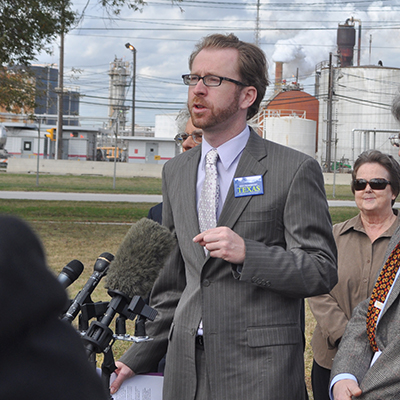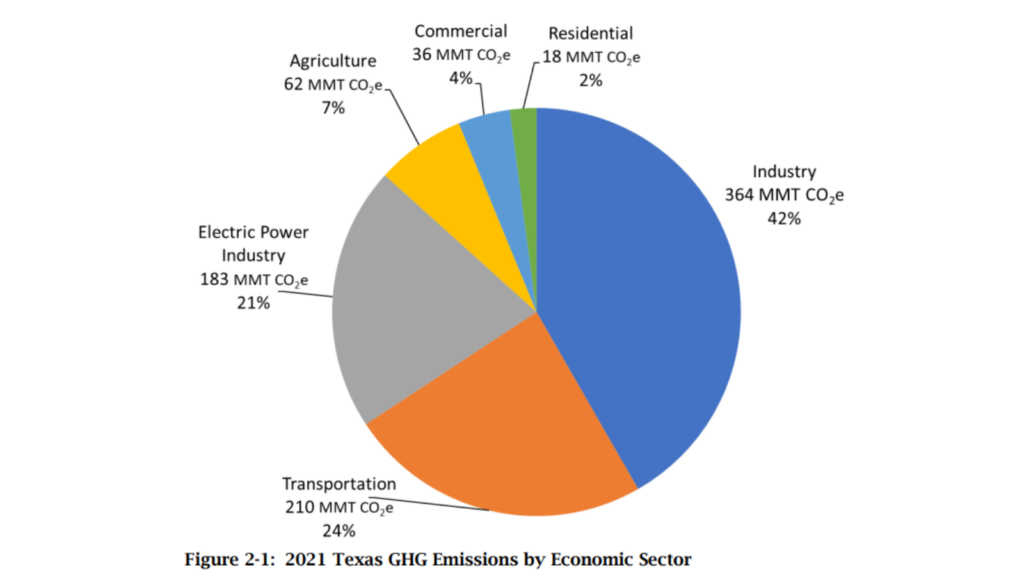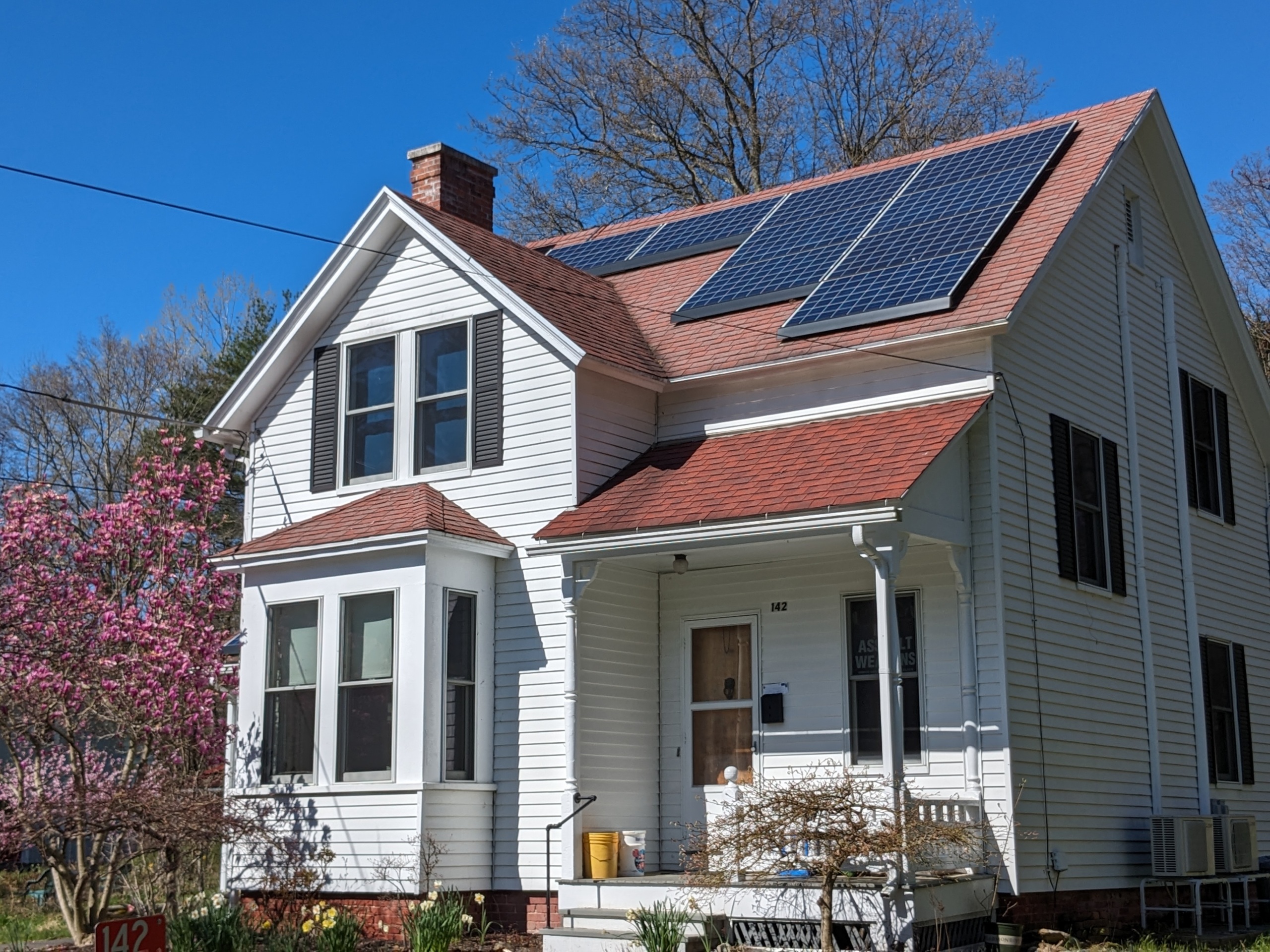
Texas creates its first ever greenhouse gas inventory
The state environmental agency estimates Texas dumped a whopping 873 million tons of pollution into the atmosphere in 2021

For the first time ever, the state of Texas has completed a greenhouse gas inventory and climate pollution reduction plan. The inventory and plan were funded thanks to an EPA Climate Pollution Reduction Grant (created by the Inflation Reduction Act).
TCEQ estimates that the state dumped 873.1 million metric tons (MMT) of global warming pollution into the atmosphere in 2021. This is significantly higher than the 663 MMT the Energy Information Administration estimated Texas discharged that year (the big different comes from industry, which TCEQ estimated was much more polluting). TCEQ used EPA-developed methodology for the inventory, which the agency stated could use improvement, particularly for the industrial sector.
Industry was the largest contributor of greenhouse gas emissions, followed by transportation and then power plants.

Photo by TCEQ | Public Domain
In this “Priority Action Plan,” which was due to the EPA by March 1, 2024, TCEQ proposed a variety of strategies to reduce pollution, including incentives for more electric cars, trucks and buses, efforts to decarbonize cement, investments in battery storage and more. TCEQ estimates the measures will reduce “GHG emissions in Texas by 174 MMT from 2025 through 2030 and 592 MMT tons from 2025 through 2050. Co-pollutants would also be reduced by 0.6 MMT from 2025 through 2030 and 3.0 MMT from 2025 through 2050.”
TCEQ will next publish a Comprehensive Action Plan (CAP) sometime next year. “The CAP will include near- and long-term emissions
projections, a suite of emission reduction measures, a robust analysis of measure benefits, plans to leverage federal funding, and a workforce planning analysis. In 2027, TCEQ will publish a status report that details implementation progress for measures included in the PAP and CAP, any relevant updates to PAP and CAP analyses, and next steps and future budget and staffing needs to continue implementation of CAP measures.”
Topics
Updates

New grant program to help cut red tape for rooftop solar in Illinois

Oregon students want to bring sea otters back

Biden marks Earth Day with visit to Prince William Forest Park

Solar energy in Massachusetts gets boost

